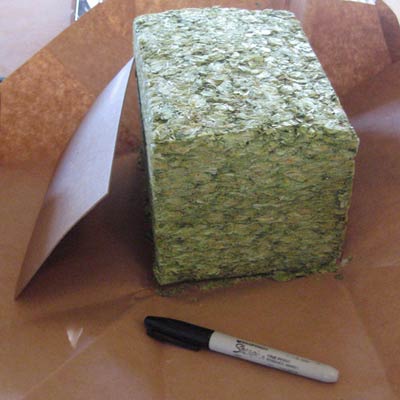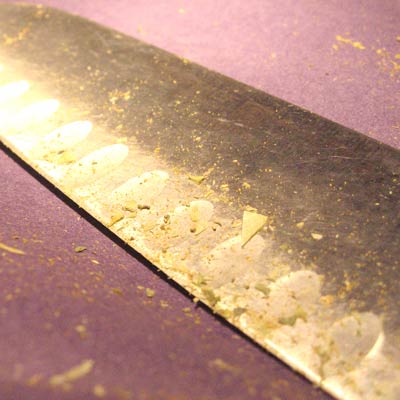Yesterday Ella and I cleared some ivy off the south fence and turned some compost in to the soil before plating two rhizomes. I’ve grown hops in the past, but when we moved to NoPo, someone stole the 1/4 barrel keg I was growing them in, and I’ve not planted since.
We picked up our rhizomes from Portland Nursery, who sells around 8 potted varieties for $7 each. A little pricier than getting them from someplace like Freshops, but we were in the neighborhood and I love Portland Nursery. I got my first Nugget rhizome there a few years ago, but this year they have a wider selection of hops. I went with a Willamette (to stave off a shortage), and a Centennial. Ella picked Centennial over Cascade, but wasn’t to interested in learning the potential uses or characteristics and wanted to get back to putting gravel in the bird bath. (I cleaned it out, don’t worry)
Anyway, I hold high hopes for the plants. I love brewing fresh hop beers and will have two options this September.

